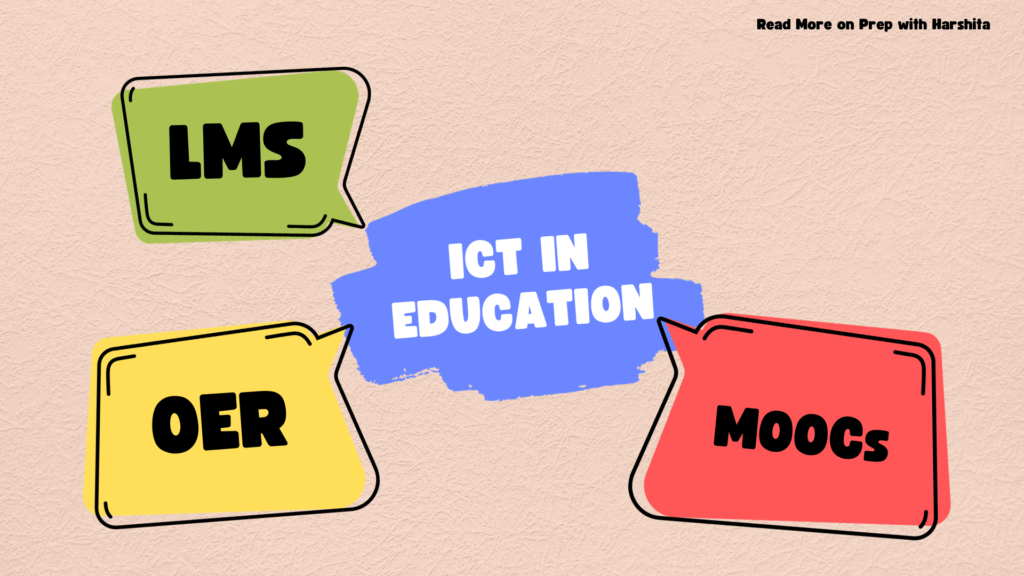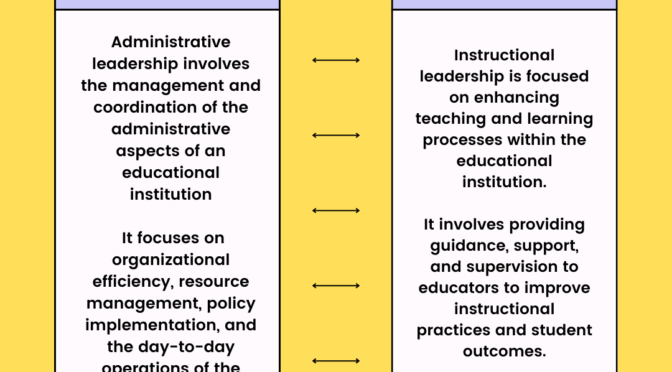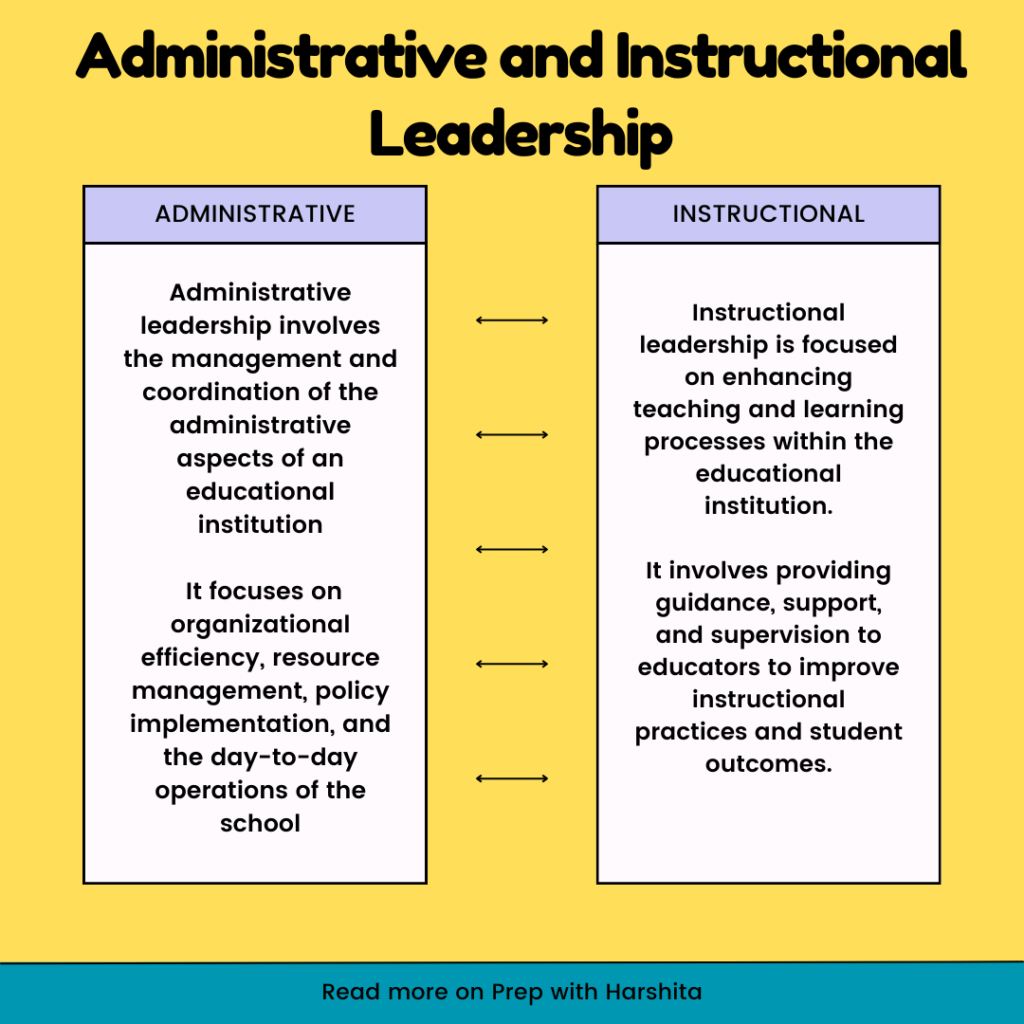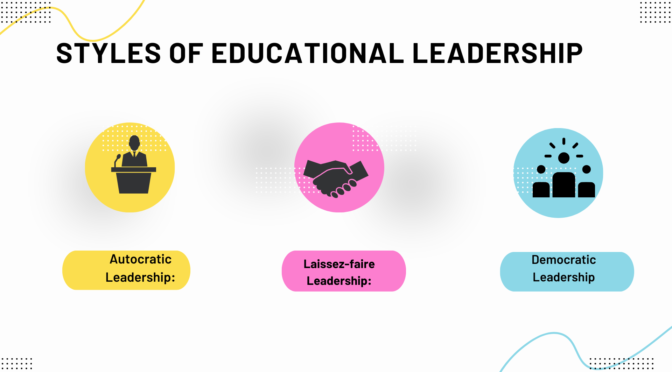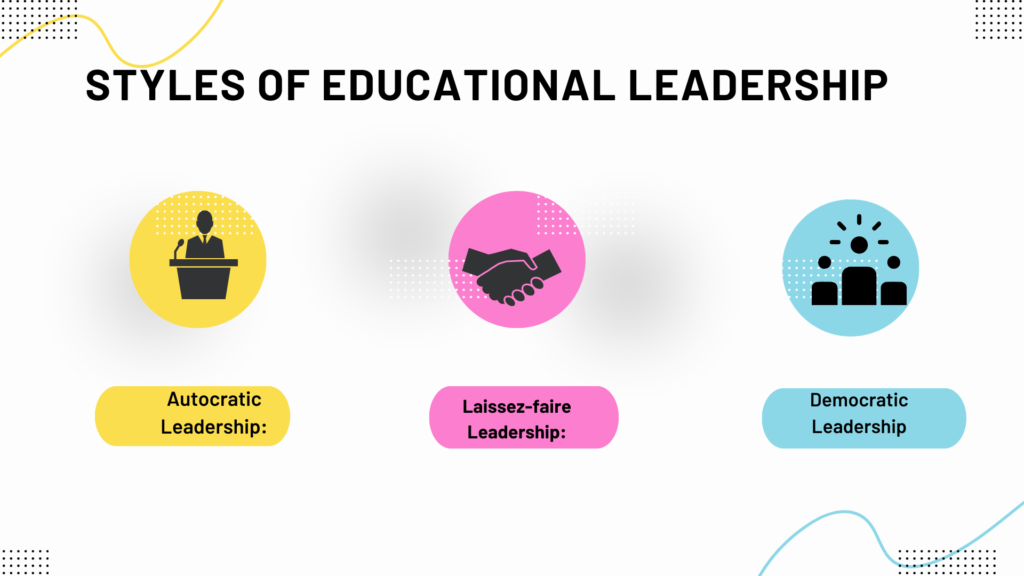LMS, OERs, and MOOCs are all related to the field of education and technology, but they serve different purposes. Let’s explore each term:
LMS (Learning Management System):
- An LMS is a software application or web-based platform designed to manage, deliver, and track educational content and experiences.
- It provides tools for organizing and delivering courses, managing user enrollments, tracking progress, and assessing performance.
- LMS platforms are commonly used in schools, universities, and corporate training settings.
Also Read: ICT
OERs (Open Educational Resources):
- OERs are freely accessible, openly licensed educational materials that can be used for teaching, learning, and research.
- These resources include textbooks, lecture notes, videos, quizzes, and other educational content that are made available for free to the public.
- The open licenses allow users to reuse, revise, remix, and redistribute the content, promoting collaboration and innovation in education.
MOOCs (Massive Open Online Courses):
- MOOCs are online courses designed for large-scale participation and open access via the internet.
- They typically include video lectures, interactive quizzes, forums, and other features to facilitate learning.
- MOOCs are often offered by universities, educational institutions, or online learning platforms and can be accessed by anyone with an internet connection.
Also Visit: Prep with Harshita
